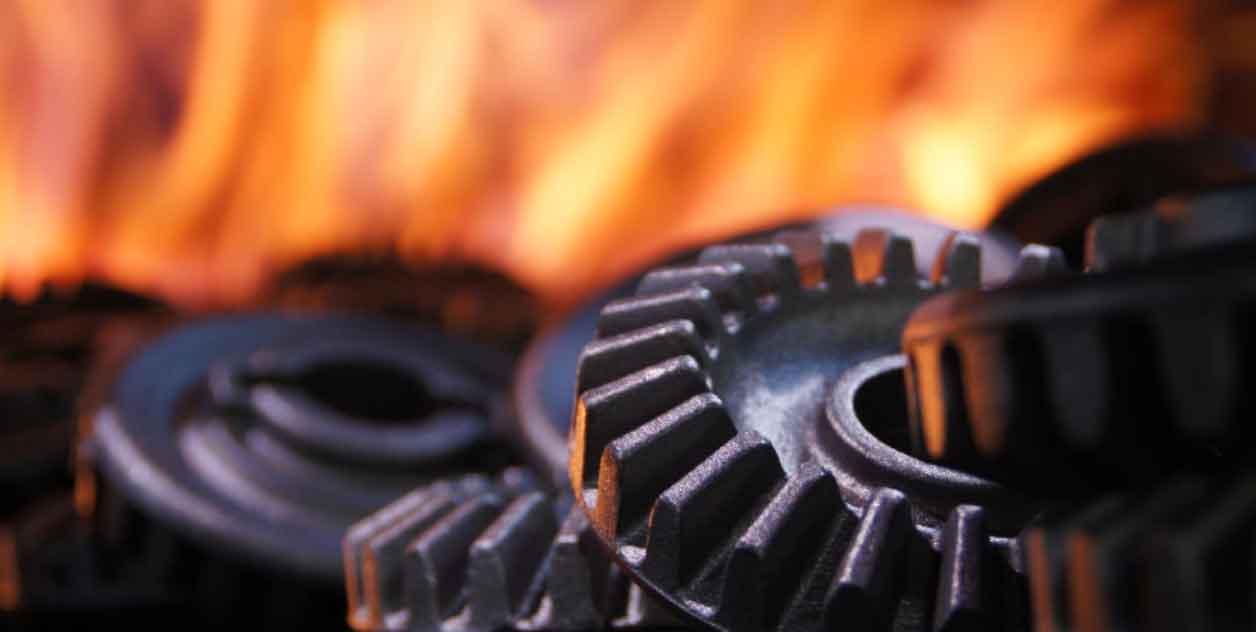
In demanding applications where gears are subjected to high loads, extreme temperatures, and harsh operating conditions, gear forgings play a pivotal role. The superior strength, durability, and reliability of gear forgings make them the ideal choice for building gears that can withstand the rigors of these challenging environments. This article explores how gear forgings are specifically designed and built to excel in demanding applications.
I. Material Selection:
The selection of materials for gear forgings in demanding applications is critical. High-strength alloy steels, such as alloy steel 4340 or 8620, are commonly chosen for their excellent fatigue resistance, toughness, and wear resistance. These materials possess the necessary properties to withstand heavy loads, high temperatures, and aggressive operating conditions, ensuring the longevity and reliability of the gears.
II. Robust Design:
Gears for demanding applications require robust and optimized designs to handle the specific loads, torque, and environmental factors involved. Design engineers consider factors such as load distribution, tooth profile optimization, and gear geometry to ensure proper power transmission, minimal backlash, and reduced stress concentrations. By employing advanced design techniques, gear forgings are tailored to meet the unique demands of the application, maximizing their performance and reliability.
III. Forging Process:
The forging process used in the production of gear forgings is critical to their strength and durability. Open-die or closed-die forging methods are employed, allowing for controlled deformation and grain refinement. This results in a fine-grained structure with improved mechanical properties, including high tensile and fatigue strength. The forging process also ensures consistent material density and reduces the risk of internal defects, enhancing the overall integrity of the gears.
IV. Heat Treatment:
Heat treatment is an essential step in the production of gear forgings for demanding applications. Through carefully controlled heating and cooling processes, gear forgings undergo heat treatment to achieve the desired hardness, strength, and toughness. Techniques such as quenching and tempering, carburizing, or induction hardening are employed to enhance wear resistance and surface hardness. The heat treatment process further improves the gears’ ability to withstand heavy loads and resist wear and fatigue.
V. Surface Treatments and Coatings:
In demanding applications, gear forgings may benefit from additional surface treatments or coatings to enhance their performance and longevity. Processes like shot peening, case hardening, or nitriding can be employed to improve surface hardness, wear resistance, and resistance to corrosion or pitting. These treatments add an extra layer of protection, ensuring the gears can endure the harshest operating conditions.
VI. Rigorous Testing and Quality Control:
To ensure the reliability and performance of gears for demanding applications, rigorous testing and quality control measures are implemented. Non-destructive testing techniques, such as magnetic particle inspection and ultrasonic testing, are conducted to detect any defects or discontinuities. Dimensional inspections, hardness testing, and material analysis verify compliance with specified standards. By adhering to stringent quality control protocols, gear manufacturers can deliver gears of the highest quality and reliability.
VII. Continuous Monitoring and Maintenance:
Even after the gears are installed in demanding applications, continuous monitoring and maintenance are crucial. Regular inspections, lubrication, and monitoring of operating conditions help identify any signs of wear, misalignment, or performance issues. Prompt maintenance and proactive measures ensure the gears continue to operate optimally and provide reliable performance in demanding applications.
Gear forgings are specifically designed and built to excel in demanding applications where strength, durability, and reliability are paramount. By carefully selecting materials, employing robust designs, optimizing the forging process, implementing appropriate heat treatments, and applying surface treatments or coatings, gear manufacturers create gears that can withstand the rigors of challenging environments. Through rigorous testing, quality control, and continuous monitoring, gear forgings provide long-lasting performance and ensure the success of demanding applications across various industries.
